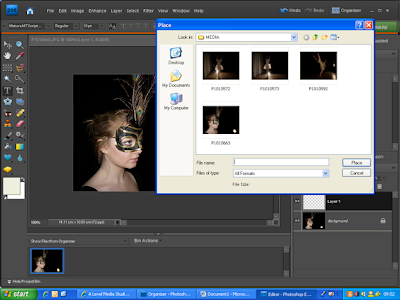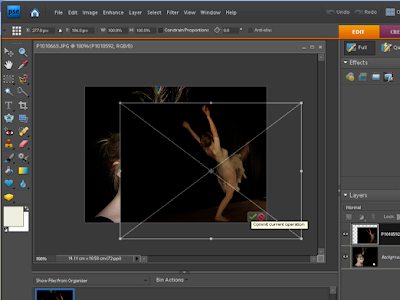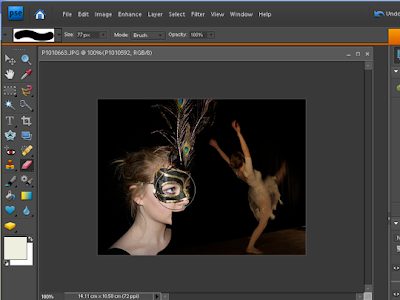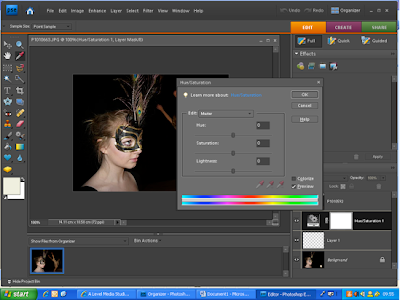I was very sure from the start of my planning process that I didn't want the dance routine in my music video to look continuos, as though it was following a narrative. As I spoke about in an earlier post, I wanted my video to reflect the exclusivity that Lady Gaga portrays in Beautiful, Dirty, Rich, consequently I aimed to show snippets of the routine, as though the audience is being allowed momentarily into an unknown world (I also used to neutrality of the backdrop to amplify this). However, given that Jeweller's Hands is a relatively fast paced song, no clip is longer than 2 seconds, unless being used to compliment a down tempo piece of the music. Therefore with such short clips, I felt that I had to apply a small sense of continuity, such as when the dancer pirouettes, the next clip is of her feet pirouetting. I did this primarily so the piece would look less of a mish-mash of clips and the routine would have some fluidity, thus not distracting from the music.

Below is an example of two clips of the dancer mid pirouette. The first shows a long shot, where the whole dancer is within shot, and the second is a medium close up of her feet as she spins. I chose to put the two clips together for a number of reasons. Firstly, I felt the close up would not work effectively without another shot to illustrate what part of the dance is happening. Secondly, the shots are less than a second long each, and it looked much neater to have the two together rather than an elongated shot from one angle, and the other featuring later in the video. Therefore I have added more fluidity to my video, which will allow the audience to follow the action, where with short non corresponding shots it may become confusing, and too long draw out shots may become monotonous.


Due to the effort I put into lighting the location, I decided my piece would look more authentic, and true to the theatrical location of a stage, if I didn't apply any effects during editing. However the few clips that I did decide to alter where for fluidity reasons, rather than aesthetic. Due to the need for a sense of continuity between the different clips of the dance, there were a couple of shots that I decided to 'flip', so that the audience could keep track of where the dance was taking place and from what angle. For example the two shots below show a before and after of one clip that I decided to apply the 'flipped' effect to. I did this as I felt the clip worked well at that point in the song, yet the dancer had just been shown heading in one direction and consequently it needed to carry on from that particular point on the stage.

As the dance was not the sole body of my piece, as I have shadow puppets and filler shots of light/dark imagery to further the conceptual idea of my video, to edit in, I decided it was best to tackle the large proportion of my piece that was going to be made up of the dance routine first. This was purely from an organisational point of view, as I felt it would be easier to deal with each aspect in isolation. Consequently, where I knew I would interject a shadow puppet or 'filler shot' I placed a blank screen, so that I could continue editing the dance in time to the music, without risking later having to adjust clips that had fallen out of time as a result of the new shots. This is demonstrated below, where the seventh shot is a black screen.














